Explore our volumes of documentary footage covering a wide range of topics about Angelman syndrome in the list below.
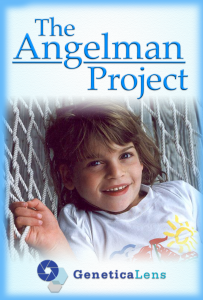
Volume 1: Understanding The Diagnosis
Drs. Jill Clayton-Smith and Charles Williams describe the symptoms and behaviors of Angelman syndrome (AS), bringing their extensive experience with individuals with AS to the forefront. Included are interviews with three families describing the challenges of getting a diagnosis – sometimes traveling to many specialists over years before they got their diagnosis.
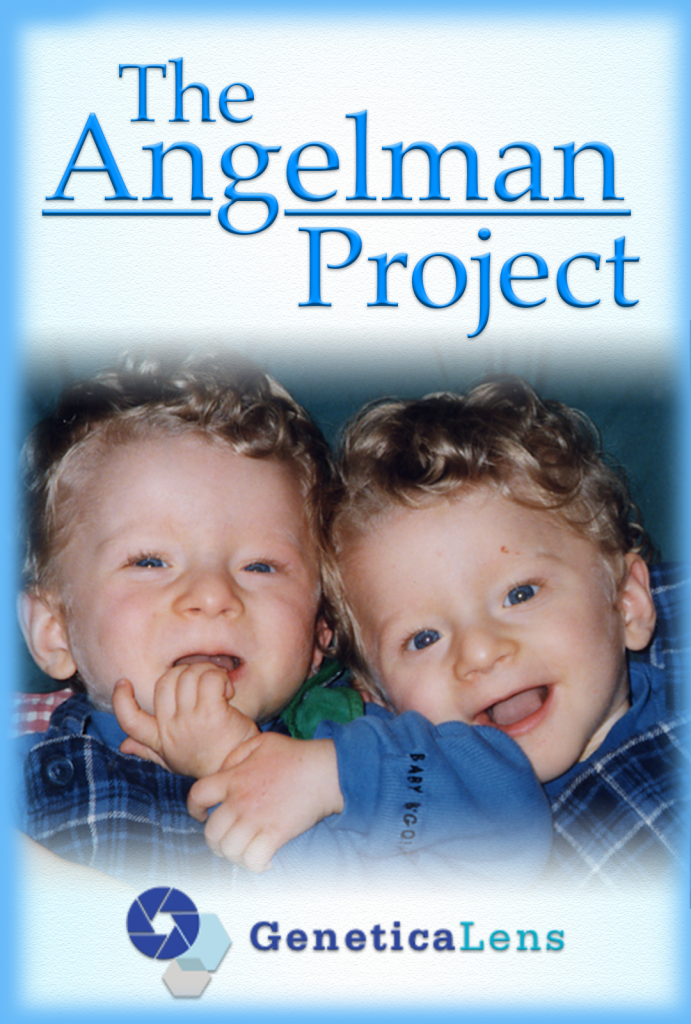
Volume 2: Clinical Features by Age, Early Childhood (0-5)
This volume features clips that demonstrate the clinical features of Angelman syndrome in young children from ages 0 to 5. Such features include developmental delay, gait, balance, fine motor skills, laughter/happy demeanor, hypermotoric behavior, craniofacial features, speech impairment, mouthing, and fascination with water.
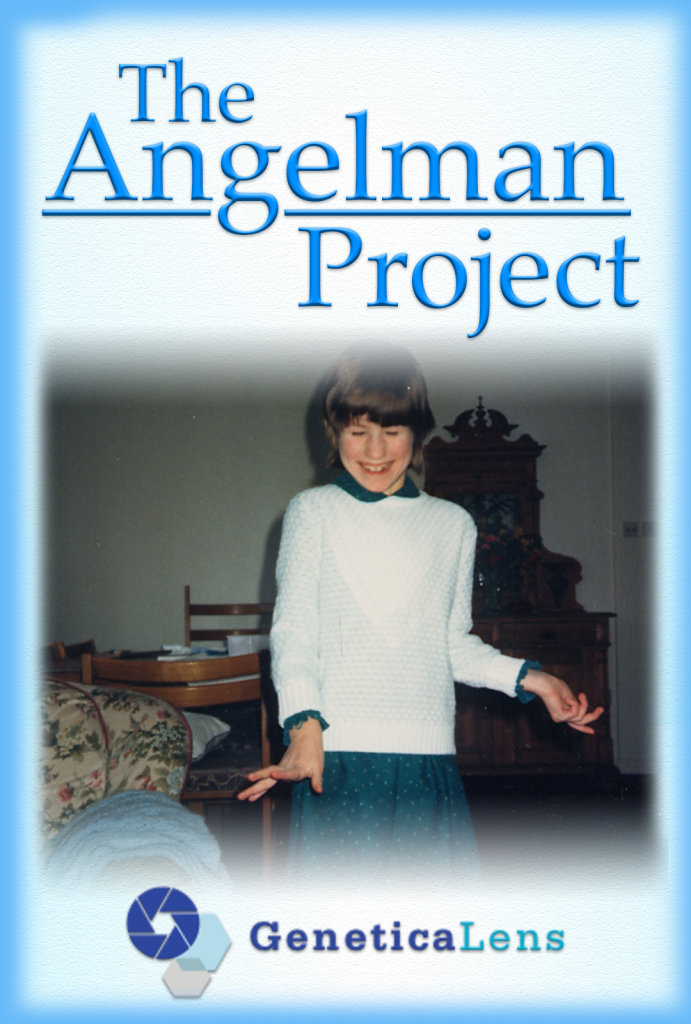
Volume 3: Clinical Features by Age, Childhood (6-11)
This volume features clips that demonstrate the clinical features of Angelman syndrome in children from ages 6 to 11.
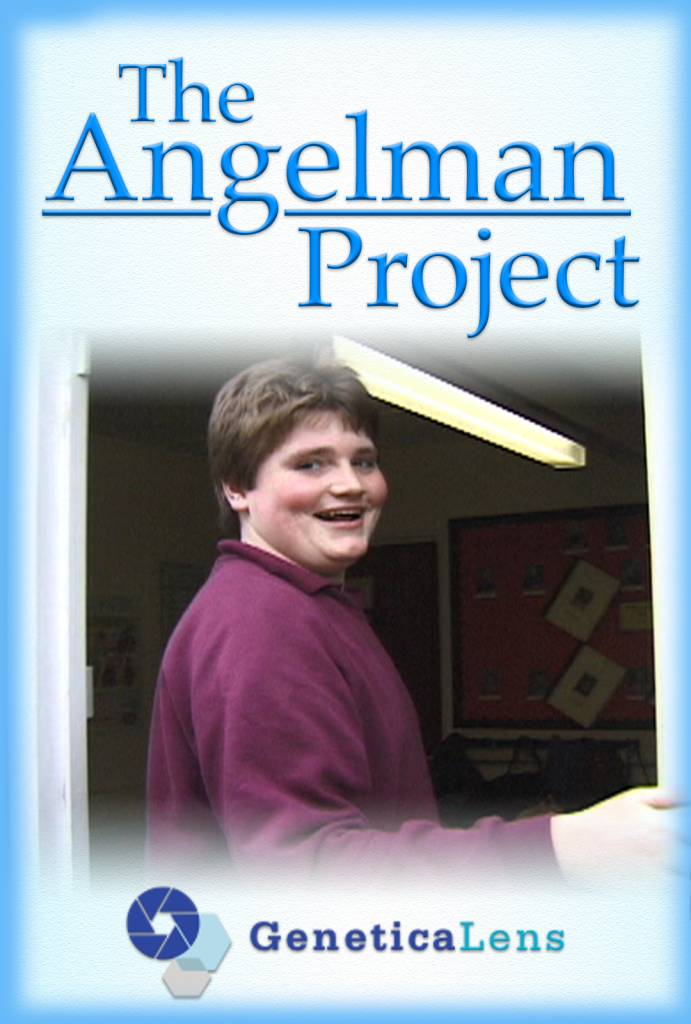
Volume 4: Clinical Features by Age, Adolescence (12-18)
This volume features clips that demonstrate the clinical features of Angelman syndrome in adolescents from ages 12 to 18.

Volume 5: Clinical Features by Age, Adulthood (19+)
This volume features clips that demonstrate the clinical features of Angelman syndrome in adults.

Volume 6: Managing Medical Issues, Pediatric & Internal Medicine
Ensuring that children and adults with Angelman syndrome get the medical care they need requires doctors, specialists, and parents to work together as a team. This volume explores patient and family experiences working with doctors, undergoing medical testing and exams, and navigating the healthcare system.

Volume 7: Managing Medical Issues, Seizures
Many, but not all, people with Angelman syndrome also have a seizure disorder. This volume will show how different families have experienced and dealt with these seizures. It also features interviews with doctors and parents on the ways these seizures can be treated, as well as the medications and treatments that can potentially make them worse.

Volume 8: Managing Medical Issues, Dentistry
Maintaining proper dental hygiene can be a challenge for some people with Angelman syndrome. In addition to the direct affect the syndrome can have on jaw and facial structure, many individuals may be unable to brush their teeth, or will resist attempts by parents to do so. This volume features interviews and examples to demonstrate ways of overcoming these challenges.
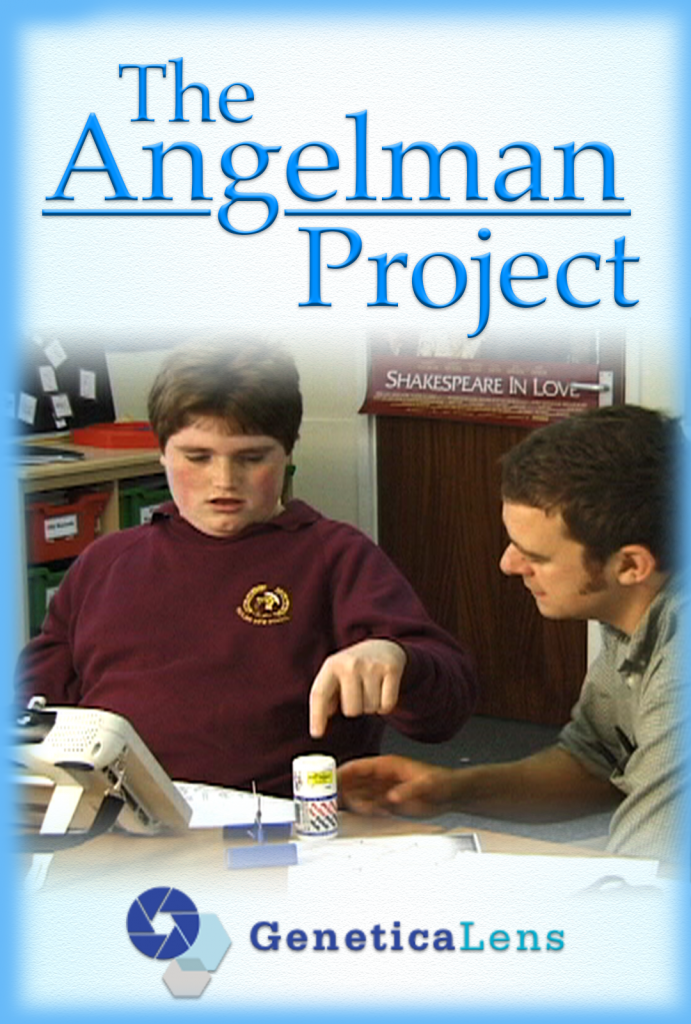
Volume 9: Organizing Therapies, Communication, Speech, and Language
A moderate to severe speech and language disorder is universal in individuals with Angelman syndrome, and therefore, communication is one of the greatest challenges that people with Angelman face. This volume will demonstrate the different types of speech and language therapy available for people with Angelman syndrome. It will also feature examples of how different people with Angelman can communicate, the use of assistive devices, and the depth of receptive language skills that many with Angelman have.

Volume 10: Organizing Therapies, Physical Therapy
Mobility can be a challenge for many with Angelman syndrome, but physical therapy can be a powerful tool to combat this and improve independence and quality of life. This volume features examples of the distinctive gait that people with Angelman syndrome exhibit, and the different therapies that can be used to improve mobility.

Volume 11: Organizing Therapies, Occupational Therapy
This volume features examples of how occupational therapy can be used to help individuals with Angelman syndrome develop choice making, fine motor skills, and other skills that can improve daily functioning.
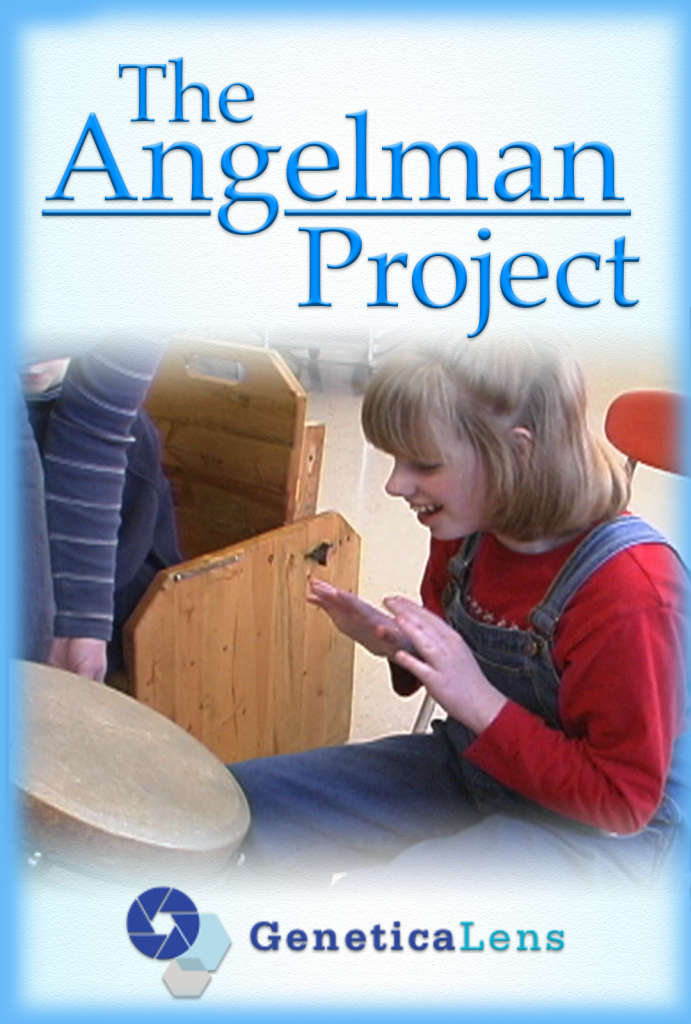
Volume 12: Organizing Therapies, Music Therapy
Music can be a powerful tool to help engage individuals and develop a variety of skills, like sitting, taking turns, sharing, fine motor skills, and language. This volume shows music therapy in action, showing how it can be a fun and useful therapy for individuals with Angelman syndrome.

Volume 13: Organizing Therapies, Behavior Modification
Behavioral problems are common for individuals with Angelman syndrome. Various interventions are available to help teach individuals with Angelman syndrome proper ways to behave and interact with others. This volume features examples of these techniques in action, showing the progress that can be made to help people with Angelman syndrome interact positively with others and thrive in their communities.

Volume 14: Organizing Therapies, Sleep Disorder
Sleep problems are common for many individuals with Angelman syndrome, impacting not only their own restfulness, but also the wellbeing of their caregivers and siblings. This volume features families and doctors discussing these problems, and the different possible solutions to them.
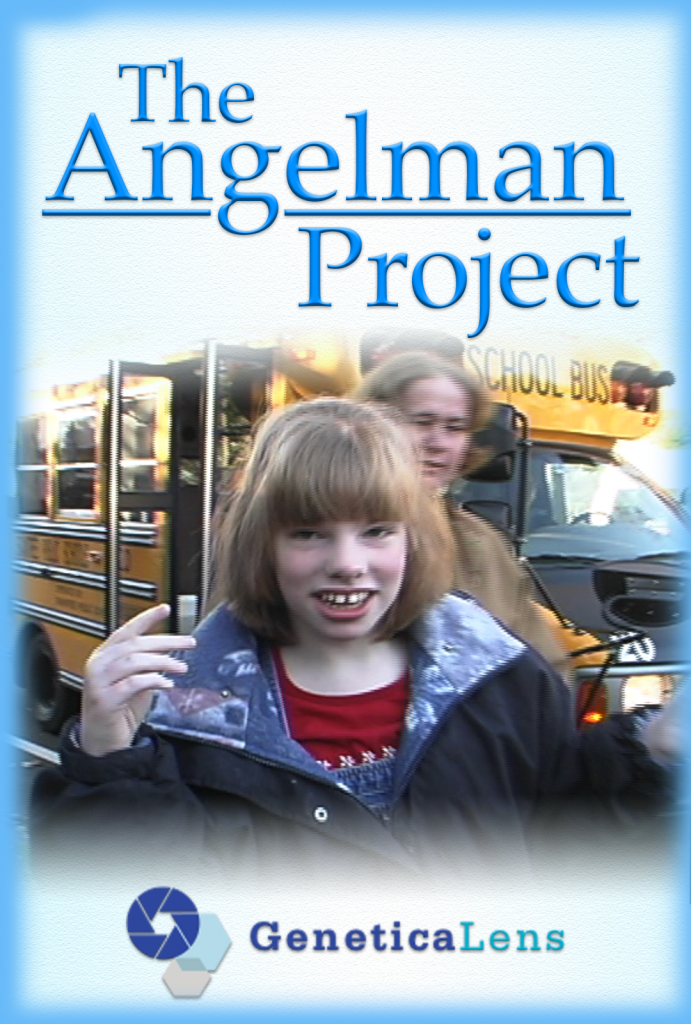
Volume 15: Maximizing Educational Options
People with Angelman syndrome have the right to an education just like every other student. This volume includes examples of different school programs that can provide enriching opportunities for students with Angelman syndrome, and the tools available to families to make sure their children get the most out of their school experience.

Volume 16: Caregiving & Parenting, Living with the Diagnosis
Providing care for an individual with Angelman syndrome can have its challenges, and adjusting after receiving the diagnosis can take time. However by developing routines and boundaries, and maintaining patience and a positive outlook, families can adapt and flourish together.

Volume 17: Caregiving & Parenting, Daily Living Skills
This volume covers the various daily living needs that caregivers for people with Angelman syndrome must meet, and the daily living skills that can be developed to improve that individuals with Angelman can develop to increase their independence, and improve their functioning.

Volume 18: Caregiving & Parenting, Siblings
The bonds between siblings are just as strong in families with children with Angelman syndrome, but like all sibling relationships, they can also have their challenges. This volume features the stories of siblings of individuals with Angelman syndrome.

Volume 19: Creating Long Term Plans
Planning ahead for a family member with Angelman syndrome is very important. Parents cannot be around to support their Angelman children forever. This volume features videos that explain the various work and living programs available to individuals with Angelman syndrome, and what sort of plans need to be made for the future.
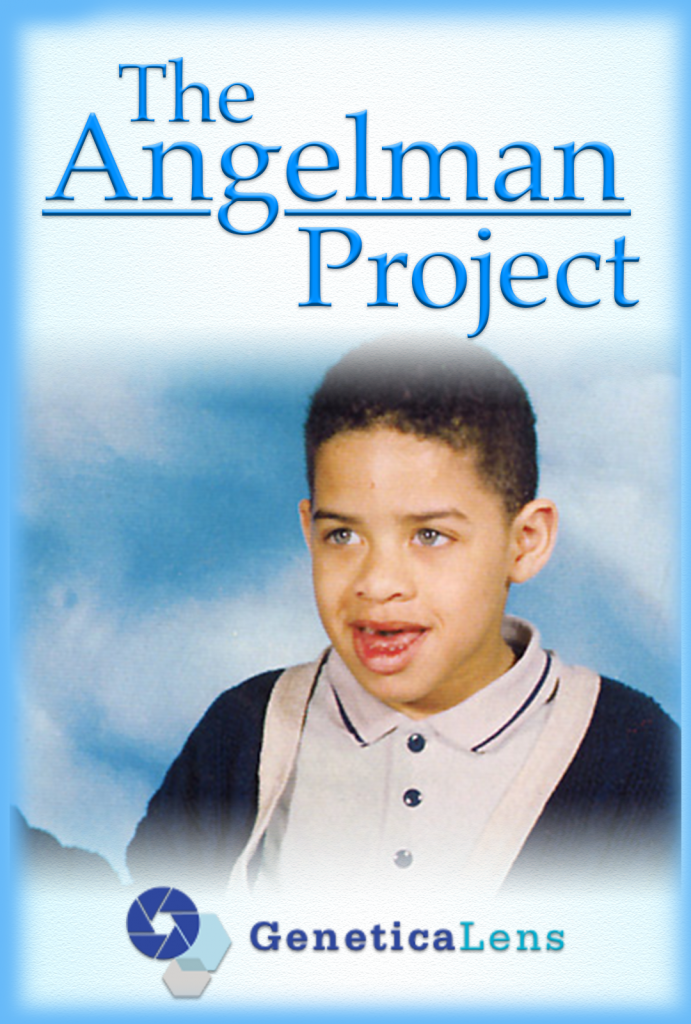
Volume 20: Case Histories (Ages 0-9)
This volume features the case studies of 7 children with Angelman syndrome, Justin, who is three years old, Adrian and Riley, twins who are both three, Jonathan and Josh, who are both seven, and Troy and Matty, who are both eight. Each history presents the experiences of the families as they learned about the diagnosis and work to support their children with Angelman syndrome.

Volume 21: Case Histories (Ages 10-17)
This volume features the case studies of five different adolescents with Angelman syndrome: Kaitlyn, who is ten, Ben, who is twelve, Alex, who is thirteen, Stephanie, who is fourteen, and a different Ben, who is fifteen.
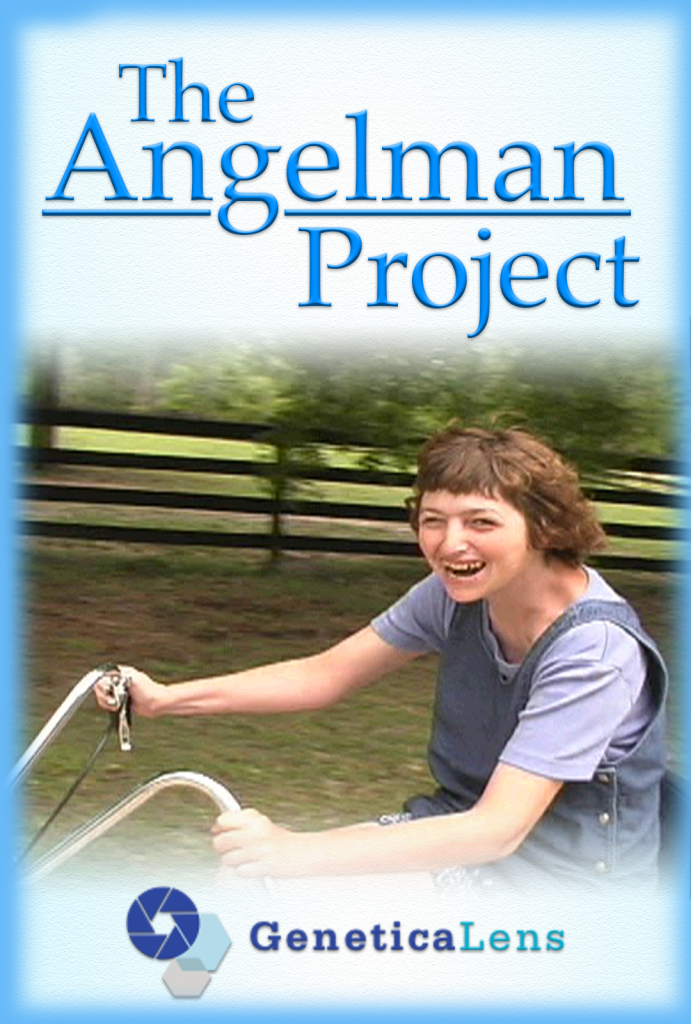
Volume 22: Case Histories (Ages 18+)
This final volume features the stories of seven different adults with Angelman syndrome: Roger, who is eighteen, Jason, who is twenty-five, David, who is thirty-three, Sisters Sharon, Sandy, and Lisa who are thirty-eight, thirty-seven, and thirty-three respectively, and a different Sandy, who is forty.
